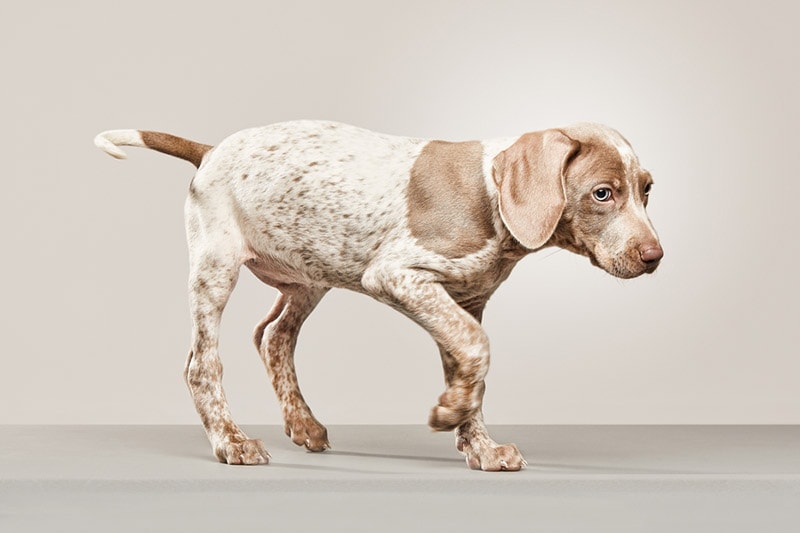Can Puppies Have Rawhide? Benefits, Substitutes & FAQ
Updated on
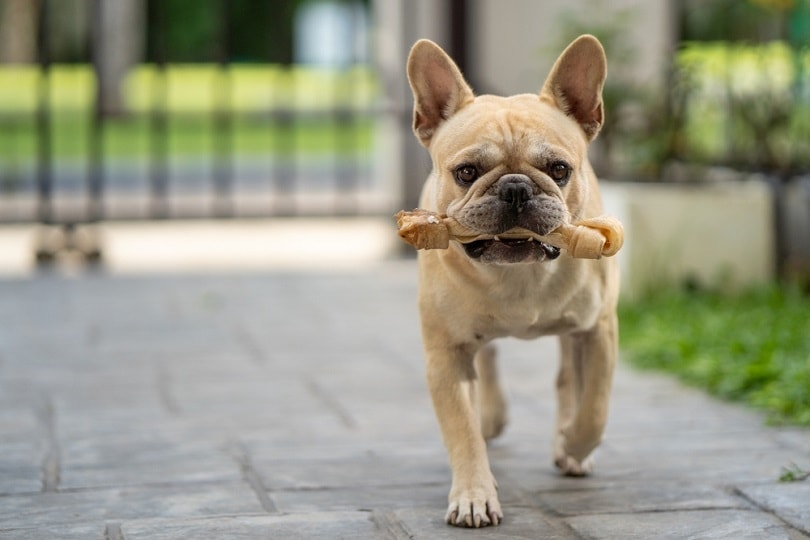
Puppies have puppy teeth and they just gotta chew! But you don’t want your adorable new floof chewing up your shoes, furniture, or anything else that they can get their sharp little teeth on.
This means stocking up on all kinds of chew toys, and since rawhide has been around for ages, you might be wondering if it’s safe to give to your puppy.
Rawhide can be safe for puppies to chew on, but there is a risk of contamination and the potential for choking.
Read on, as we take a closer look at what rawhide is, how it’s made, and why it can pose a risk for your puppy.
What Exactly Is Rawhide?
Giving rawhide to dogs started with the domesticated dog’s wild ancestors. After taking down and consuming hoofed prey, they would chew on the hide, which benefited their teeth.
In the U.S., rawhide generally comes from American cows. But rawhide can be imported from other countries and might be from South American range cows or Oriental water buffalo.
The inner, softer layer of cowhide is the rawhide, which is left over from the slaughterhouse process. The outer, tougher layer of the hide is used for things like shoes and purses.
The hides are treated with various chemicals that strip fat and animal hair and are dried. This process delays (but doesn’t stop) decay and removes the skin color until it turns white or cream.
Rawhide usually has flavors added and is sometimes smoked and dyed with different colors. Following this, it’s preserved with more chemicals and made into a variety of shapes, like bones, rolls, donuts, and braids.
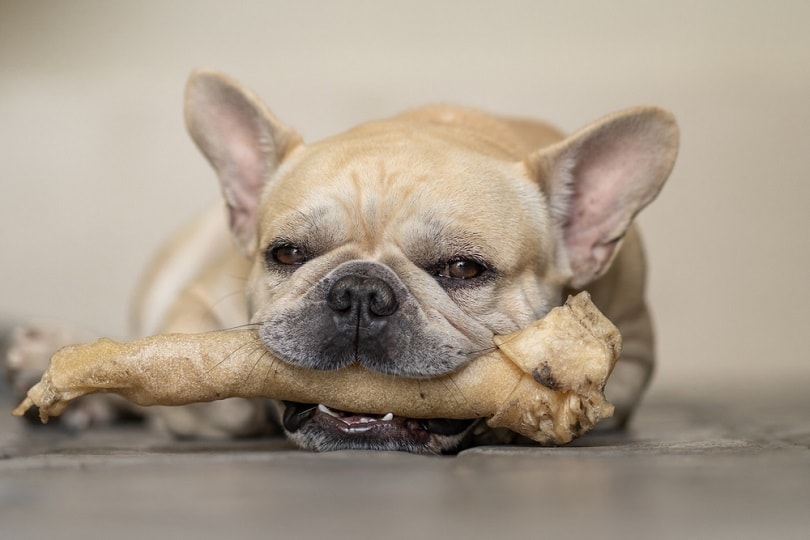
Should Puppies Have Rawhide?
Now that you know how rawhide is made, it should make more sense why it isn’t always the best choice for chewing.
As a general rule, puppies under the age of 6 months shouldn’t be given rawhide, as their teeth are still developing, and it might be too hard for them to chew.
Let’s go over the benefits and downsides of rawhide.
Benefits of Rawhide
Good Chew
The obvious benefit is that they are enjoyable to chew, and teething puppies need to chew! Dogs in general have the instinct to chew and may do so for hours every day.
Rawhides can keep your puppy occupied on something more constructive rather than your favorite shoes. Also, many dogs just love chewing on it!
Healthy Teeth
Chewing on rawhide helps keep the jaws strong and the gums and teeth clean The rawhide gets moistened after chewing and helps rub off plaque, which may help prevent dental problems.
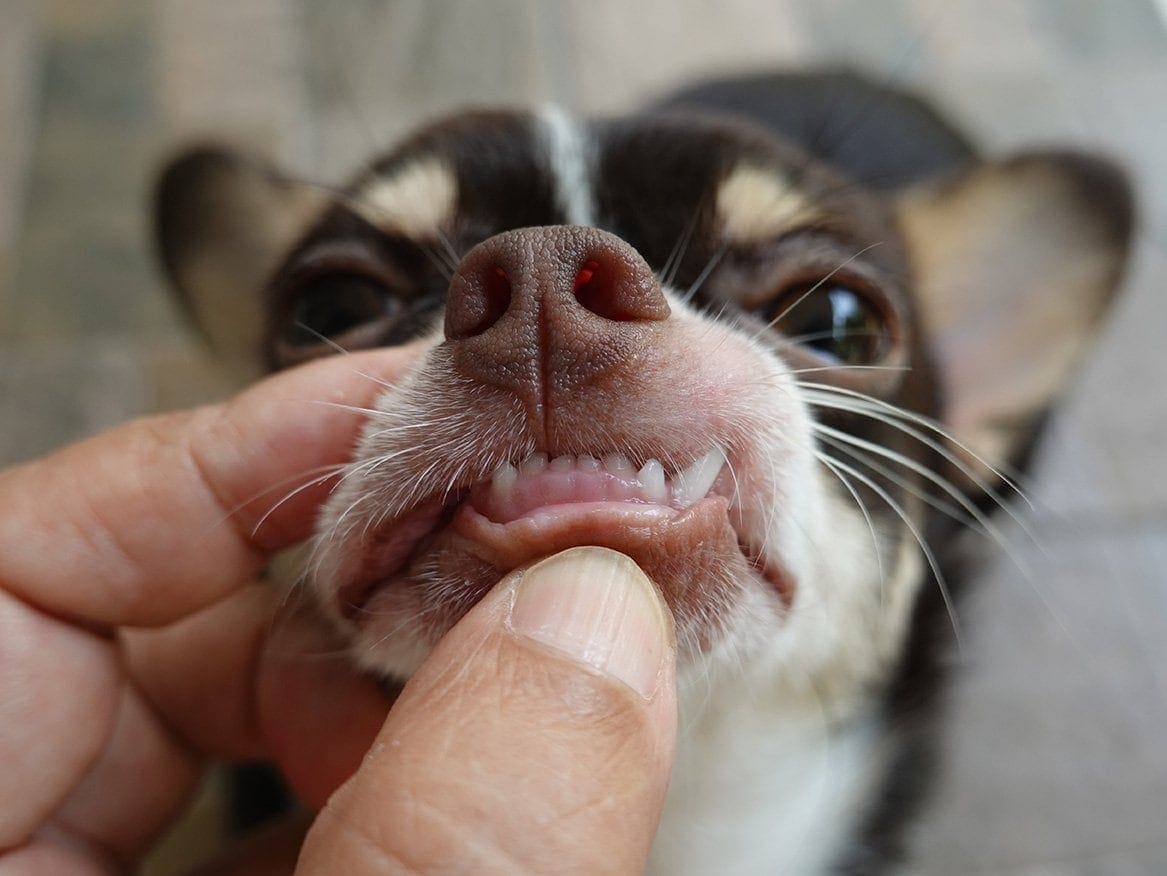
Downsides of Rawhide
Chemicals
The process of creating rawhide chews involves various chemicals, especially rawhide made outside of North America. Some companies in other parts of the world have been known to use toxic chemicals in the making of rawhide.
This isn’t common practice in the U.S., so be sure to shop for rawhide made in North America.
Choking/Blockage
Dogs chew and work away on the rawhide and can loosen small pieces. Some of these pieces are large enough that when swallowed, can get stuck in the dog’s esophagus or gastrointestinal tract.
Depending on where the rawhide piece ends up, the vet might be able to remove it from the dog’s throat. But if it’s farther down, the vet might need to perform surgery to remove it. Without surgery, the blockage can be fatal.
Dogs should never be left alone with a rawhide chew to prevent choking and swallowing.
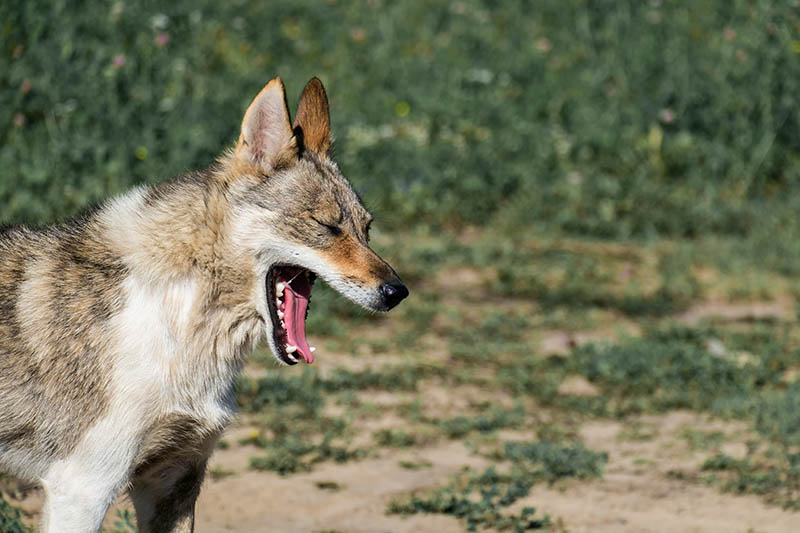
Bacteria/Contamination
Beyond the chemicals causing problems, there is also a risk of bacteria and contamination. Coming into contact with contaminated rawhide could lead to Salmonella or E. coli poisoning. The more often your dog chews on the rawhide, the more bacteria will come into contact with your dog.
Digestive Upset
Some dogs might have a sensitivity or food allergy to rawhide, potentially leading to stomach upset with vomiting and diarrhea. The allergy or sensitivity can be directly from the rawhide or the chemicals used to make it.
Finding the Right Size
There can be issues if you don’t give your puppy or dog the right size of rawhide. One that’s too big can potentially cause damage to the dog’s jaw and teeth. But if it’s too small, it’s likely to become a blockage or choking hazard.
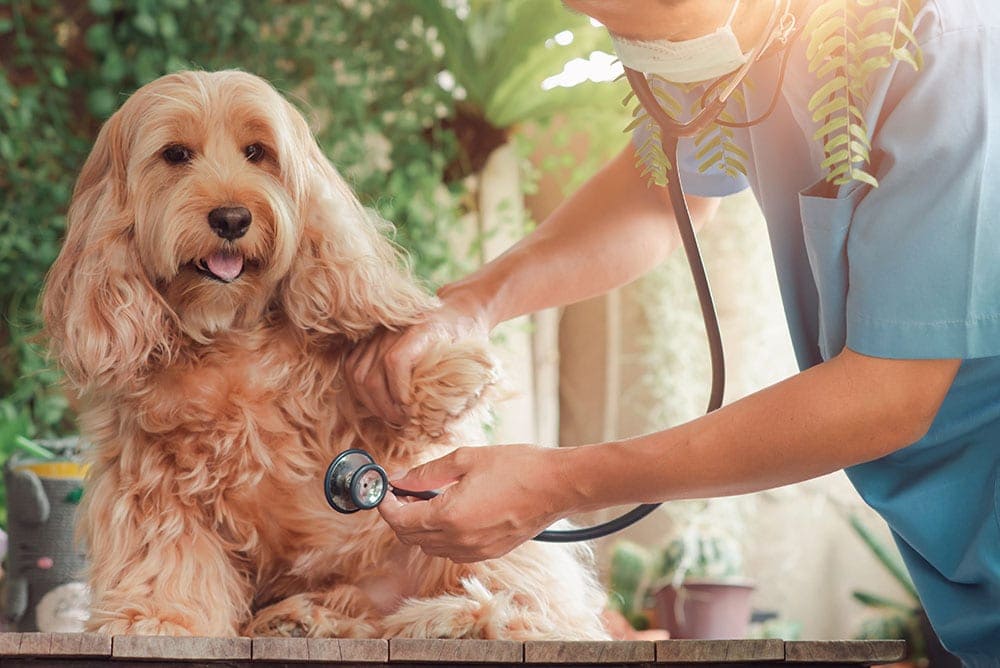
Things to Consider When Giving a Dog Rawhide
- 6-month-old rule: Don’t give your puppy rawhide unless they are over 6 months old. If they’re younger than this, the rawhide could damage their teeth and jaws.
- Senior dogs: On the opposite end of the age spectrum, senior dogs are also likely to have issues chewing on rawhide. It’s tough starting and can lead to fractured teeth and damage to the jaw.
- Dogs with GI tract problems: If the rawhide has been colored or flavored or hasn’t been cleaned properly, this can cause issues for many dogs, especially those with gastrointestinal problems.
- How your dog chews: Some dogs will wolf down anything, large pieces and all! If your dog is a careful chewer, rawhide might be okay, but if your dog inhales their normal chews, you should avoid rawhide. Choking and obstruction issues are too much of a risk.
How to Choose Rawhide
- Find the right size: Make sure you buy the correct size — not too big for a small dog and not too small for a large dog.
- Look for products manufactured in North America: Unfortunately, some countries manufacture rawhide that doesn’t follow the same quality control that you’ll typically see in North America.
- Avoid artificial ingredients: Read the labels, and avoid rawhide that has been colored, flavored, or dyed. Artificial ingredients can lead to GI issues.
- Always supervise your pet while they’re chewing: Never leave your puppy or dog alone while chewing rawhide or anything else. This way, you can grab large pieces that they tear off before they attempt to swallow them or remove the chew if it’s become too dirty and old.
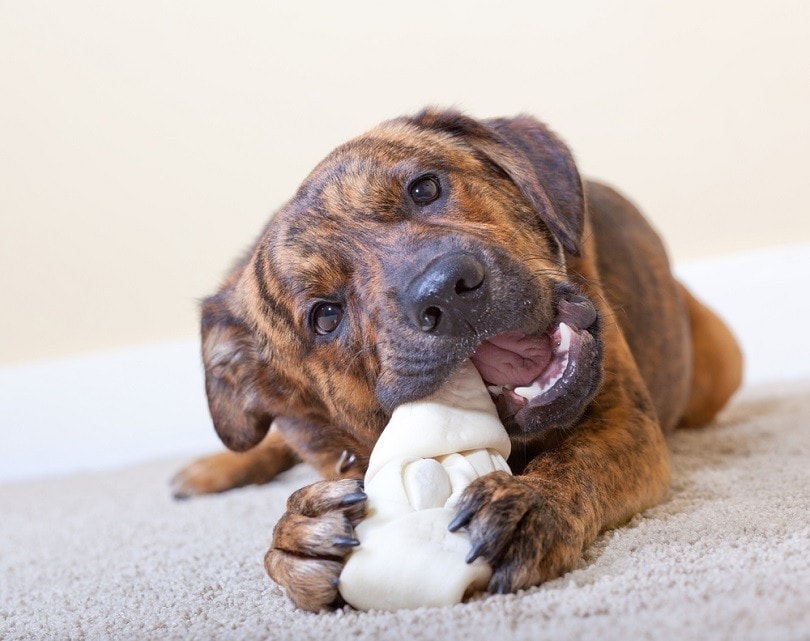
Substitutes for Rawhide
What type of chew you should get your puppy depends on their age, size, and the kind of chewer that they are. The Veterinary Oral Health Council (VOHC) has a list of tooth-friendly effective products to help with your dog’s oral hygiene.
There are small chew toys specially designed for puppies that can help with teething discomfort. Remember to double-check the size before purchasing.
You can also browse through teething treats, still keeping in mind their age and size. There are many options out there, so don’t feel like rawhide is your only option.
 Conclusion
Conclusion
Rawhide, treated and cleaned properly, is a chewing option for your puppy. But there may be uncertainty about what chemicals or other artificial ingredients are part of any rawhide chew.
Speak with your vet if you’re uncertain about what type of chew you should give your puppy, particularly if they have an allergy or gastrointestinal problems.
Regardless of what the chew is made of or how old your dog is, you should always monitor them during a chewing session. You want to allow them to fulfill their chewing needs but still keep them safe and sound.
Featured Image Credit: Tienuskin, Shutterstock


 Conclusion
Conclusion

